Crucial Components in Mechanical Transmission Systems
Mechanical transmission systems are the backbone of numerous industrial and mechanical devices, ensuring the efficient transfer of power and motion. Among the essential elements that contribute to their seamless operation are various specialized parts. Transmission head, mesh sieeve seat, tooth shaft, input shaft, and passive shaft each play a vital role in the complex web of components that make up these systems, working in harmony to enable smooth functioning across different applications.
The Pivotal Role of the Transmission Head
In the intricate machinery of mechanical systems, the transmission head acts as a key interface for power distribution. It serves as the connection point where power is transferred from one component to another, often directing the flow of mechanical energy to different parts of the system. For example, in a large - scale industrial gearbox, the transmission head is responsible for receiving power from the main power source and then channeling it to the appropriate shafts and gears. Its design and construction are crucial, as it must be able to withstand high levels of torque and stress. Made from durable materials such as high - strength alloy steels, the transmission head is engineered to maintain its integrity even under heavy loads, ensuring reliable power transmission and minimizing the risk of mechanical failure.
The Significance of the Mesh Sieeve Seat
The mesh sieeve seat is an integral part of gear - based transmission systems. It provides the essential support and alignment necessary for gears to mesh correctly. When gears engage, the mesh sieeve seat ensures that they are positioned precisely, reducing backlash and maximizing the efficiency of power transfer. In automotive transmissions, for instance, the mesh sieeve seat plays a critical role in maintaining the smooth operation of the gear - shifting mechanism. Any misalignment or wear in the mesh sieeve seat can lead to uneven gear meshing, resulting in increased noise, vibration, and reduced performance. To ensure optimal functionality, manufacturers pay close attention to the surface finish and dimensional accuracy of the mesh sieeve seat, often subjecting it to rigorous quality control processes.
Tooth Shafts: The Core of Mechanical Motion
Tooth shafts are fundamental components in mechanical transmission, serving as the carriers of gears and facilitating rotational motion. These shafts are designed with precisely cut teeth that interlock with corresponding gears, enabling the transfer of torque. In a conveyor system, for example, tooth shafts are used to drive the movement of belts or chains, powering the transportation of materials. The strength and durability of tooth shafts are of utmost importance, as they are constantly subjected to the forces generated by the meshing gears. Special heat - treatment processes are often applied to tooth shafts to enhance their hardness and fatigue resistance, ensuring they can withstand the repetitive stress of continuous operation. The design of the tooth profile on these shafts also impacts the efficiency and smoothness of power transmission, with different profiles being suitable for various applications.
The Input Shaft: Where Power Enters the System
The input shaft is the starting point for power in a mechanical transmission system. It is directly connected to the power source, such as an engine or electric motor, and is responsible for receiving and transmitting the initial rotational energy. In a manual transmission vehicle, the input shaft receives power from the engine's flywheel and transfers it to the gearbox. The design of the input shaft must be able to handle the high speeds and torques generated by the power source. To ensure reliable operation, input shafts are typically made from strong, lightweight materials and are engineered with precise tolerances. Additionally, they often feature splines or keyways to securely connect with other components, such as clutches or gears, ensuring a seamless transfer of power without slippage.
The Passive Shaft: Completing the Transmission Cycle
The passive shaft is an essential component that works in conjunction with the input shaft and other gears to complete the power transmission process. Unlike the input shaft, which receives power directly from the source, the passive shaft receives power through gear meshing and is responsible for transferring it to the output or the driven component. In a differential system of a vehicle, for example, the passive shaft distributes power to the wheels, allowing for smooth turning and movement. The passive shaft's design takes into account factors such as load distribution, rotational speed, and the need for efficient power transfer. It must be able to adapt to varying operating conditions, ensuring that the mechanical system functions smoothly and efficiently, even under changing loads and speeds.
FAQs about Mechanical Transmission Components
How to Ensure the Longevity of the Transmission Head?
To extend the lifespan of the transmission head, regular maintenance is key. First, ensure proper lubrication of all moving parts connected to the transmission head, as this reduces friction and wear. Regularly inspect the transmission head for signs of damage, such as cracks or excessive wear on the connection points. Avoid overloading the system beyond its rated capacity, as this can put excessive stress on the transmission head. Additionally, keep the surrounding area clean to prevent debris from entering and causing damage. If any issues are detected during inspection, address them promptly by consulting the manufacturer's guidelines or seeking professional repair services.
What Factors Affect the Performance of the Mesh Sieeve Seat?
Several factors can influence the performance of the mesh sieeve seat. The quality of the material used in its construction is crucial; materials with poor wear resistance can lead to premature failure. The operating environment, including temperature, humidity, and the presence of contaminants, can also impact its performance. Improper installation or misalignment of the mesh sieeve seat can cause uneven stress distribution, leading to increased wear and reduced efficiency. Additionally, the type and quality of lubrication used can affect how smoothly the gears mesh on the seat. Regularly monitoring and controlling these factors, and performing routine maintenance, can help optimize the performance of the mesh sieeve seat.
How to Select the Right Tooth Shaft for a Specific Application?
When choosing a tooth shaft for a particular application, consider the required torque and rotational speed. The tooth shaft must be able to handle the maximum load and speed that the system will encounter. Evaluate the material properties; shafts made from high - strength alloys with good fatigue resistance are often preferred for heavy - duty applications. The tooth profile of the shaft is also important, as different profiles are suitable for different types of gear meshing and power transfer requirements. Additionally, consider the shaft's length, diameter, and any specific mounting or connection requirements of the application. Consulting with mechanical engineers or referring to industry standards can also help in making an informed decision.
What Are the Common Signs of Input Shaft Failure?
Signs of input shaft failure can include abnormal noise, such as grinding or whining sounds, during operation. Excessive vibration may also be an indication of a problem with the input shaft. If there is a noticeable decrease in power transfer or a slipping sensation when the power source is engaged, it could be due to input shaft issues. Visual inspection may reveal signs of wear, such as scoring or damage to the splines or connection points. If any of these symptoms are observed, it is important to stop the machinery immediately and have the input shaft inspected by a professional to prevent further damage to the transmission system.
How Does the Design of the Passive Shaft Impact Power Transmission?
The design of the passive shaft has a significant impact on power transmission. Its diameter and length affect the shaft's strength and ability to withstand torque. A well - designed passive shaft will have an appropriate cross - sectional area to handle the power being transferred without excessive deflection. The location and design of the gear - meshing points on the passive shaft also play a role in how efficiently power is transferred. Additionally, the shaft's surface finish and smoothness can reduce friction, improving the overall efficiency of the transmission system. A properly designed passive shaft ensures that power is transferred smoothly and effectively from the input components to the output, minimizing energy losses and maximizing the performance of the mechanical system.
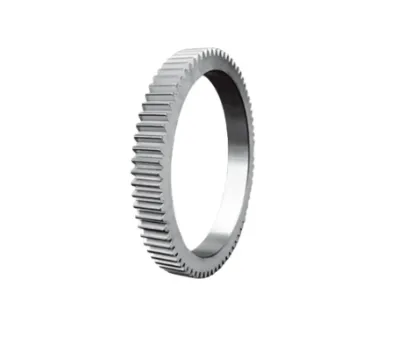
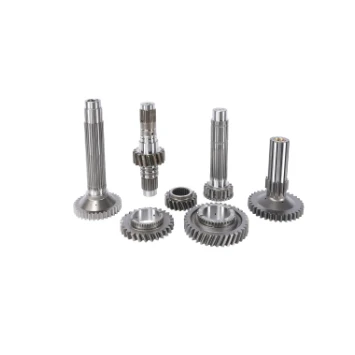
The agricultural and industrial machinery sector is experiencing remarkable growth, and at the heart of this expansion lies the trade and supply of tractors.
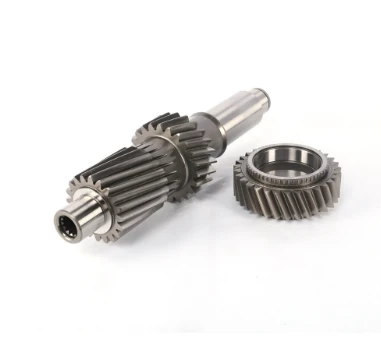
In the world of heavy - duty construction, the seamless operation of machinery is crucial for large - scale projects.
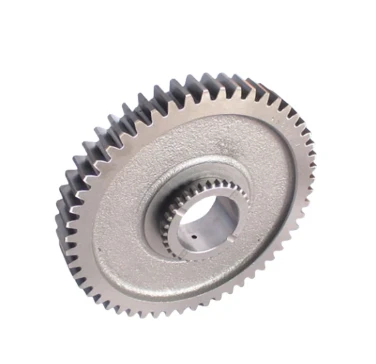
The world of tractors is vast and varied, catering to both practical agricultural needs and the passionate interests of collectors.
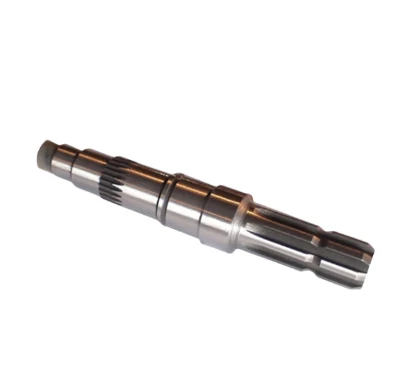
The agricultural and construction machinery landscape is constantly evolving, with tractors standing as essential workhorses for a variety of tasks.
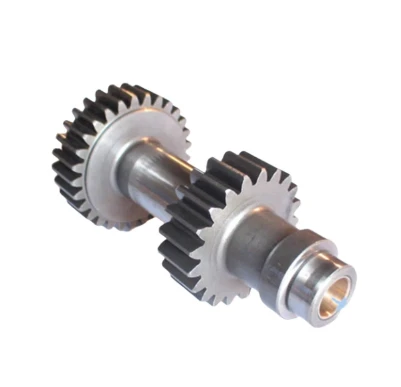
In the intricate world of mechanical engineering, gears are fundamental components that enable the seamless transfer and manipulation of power.
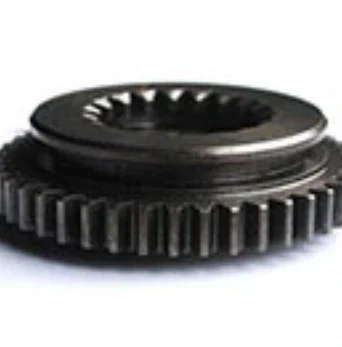
The market for tractors is a bustling hub, catering to a wide range of needs from large - scale farming operations to small - scale gardening projects.
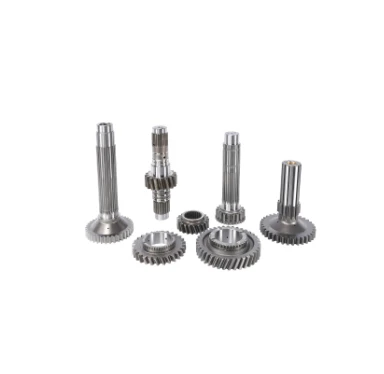
In the dynamic world of farming, machinery has become an essential part of efficient and productive operations.
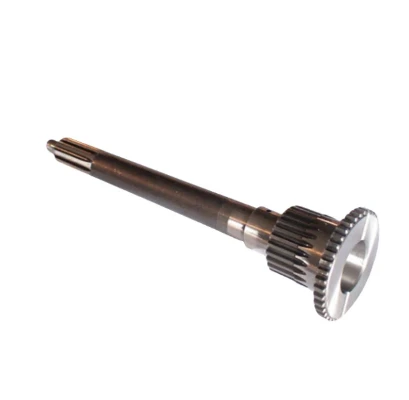
In the expansive realm of agriculture, various tools and machines play crucial roles in ensuring efficient crop production and overall farm management.
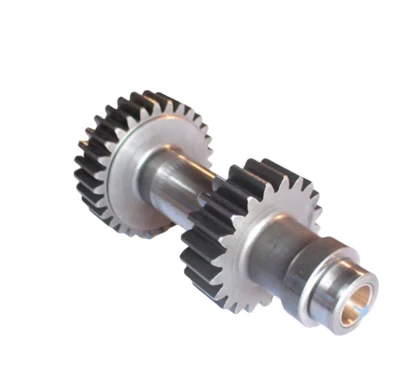
Tractors are essential workhorses in the agricultural and construction sectors, playing a pivotal role in a wide range of tasks.
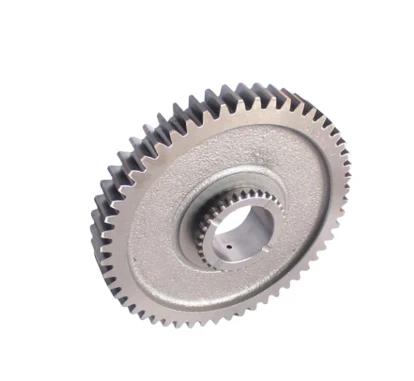
The agricultural and construction sectors rely heavily on tractors for their operations, and the entities involved in the production, distribution, and pricing of these machines shape the industry's trajectory.
International layout
Spread all over the world
our products are exported to various parts of the world. Currently, our products have been exported to more than 40 countries Our products cover Asia, Europe, Africa, South America, North America, and Oceania
Sign up
for Newsletter
Subscribe to the weekly newsletter for all the latest updates







